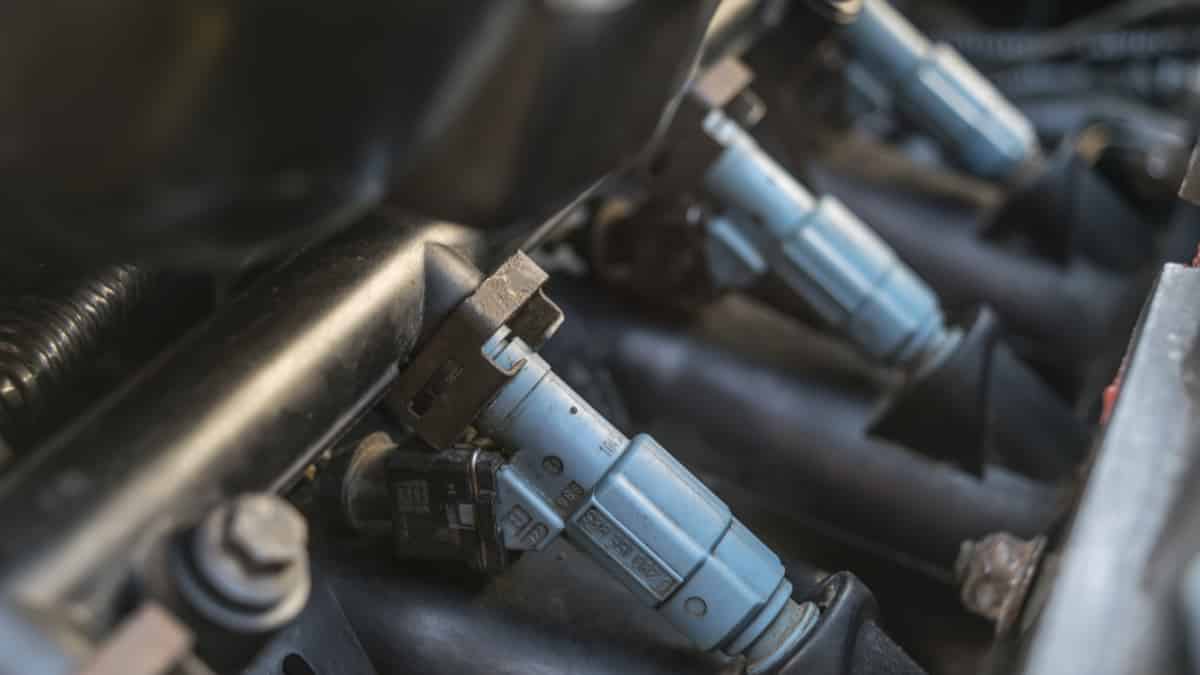3 Things To Avoid When Replacing Your Fuel Injection Intake Manifold
Upgrading your intake is a necessary part of any serious performance build, whether you are talking about maximizing your on-road power or taking things to the track. There are a lot of options and performance tiers to consider when you move up, so if you have been considering a new manifold to make the most of your SBC cam kit, here are the big mistakes to avoid when you pick one out.
1. Confusing Fuel Pressure and Float Setting
Making the change from a carbureted intake to an EFI setup changes a lot about how fuel and air are mixed, which can lead to some misunderstandings about how to fine-tune things. Carburetors required a fuel reserve to feed the throttle body, and maintaining a slightly higher float line for the reserve was one way to sharpen throttle response. Increasing it more was often seen as even better.
Fuel pressure feeding an EFI system does not work the same way, instead going over pressure leads to a richer fuel mixture and running under pressure leans it out. Keep that in mind as you adjust your fuel pressure in your new SBC EFI intake manifold.
2. Mismatching the Cam Shaft and Intake-Runner Length
Your intake runner has a direct effect on how long your cam shaft can be, which means that when you replace an intake, you need to match it to the old length unless you’re doing some much bigger changes at the same time. Either way, it needs to match the cam that’s going in the vehicle. Longer runners have more low-speed torque, but they also limit the top end RPMs for an engine. Camshaft setups that are ideal for single-plane or dual-plane intakes are not effective with the long-runner TPI typically used by EFI systems.
With the wrong cam shaft, the large plenum capacity of the long-runner design also becomes a liability. It can introduce idle instability and decrease power output. Make sure your intake choice and cam shaft have the relationship you need to get the power output you want.
3. Underestimating Your Power Demands
Consistent voltage is a very important part of consistent performance for EFI systems, and some upgrades can tax an OEM alternator to the point where it falls just short of the power output needed to maintain charging circuit consistency and provide for the best performance from your fuel injecton system. This is especially important to remember if you are upgrading the ECU and other components that will add even more power consumption to your setup.
The solution is simple, though. Either restrain your upgrade to fit your alternator, or else upgrade your alternator so it can handle the new demand.
More Racing Upgrades for Your Performance Vehicle
Power is not everything. Traction, steering, and brakes all contribute to a victory on the track. That’s why each round of power upgrades should come with a balanced look at what you can do to improve your control, whether that is a new set of drag tires, racing brakes, or even an upgraded steering dampener. Start checking out your options today.






